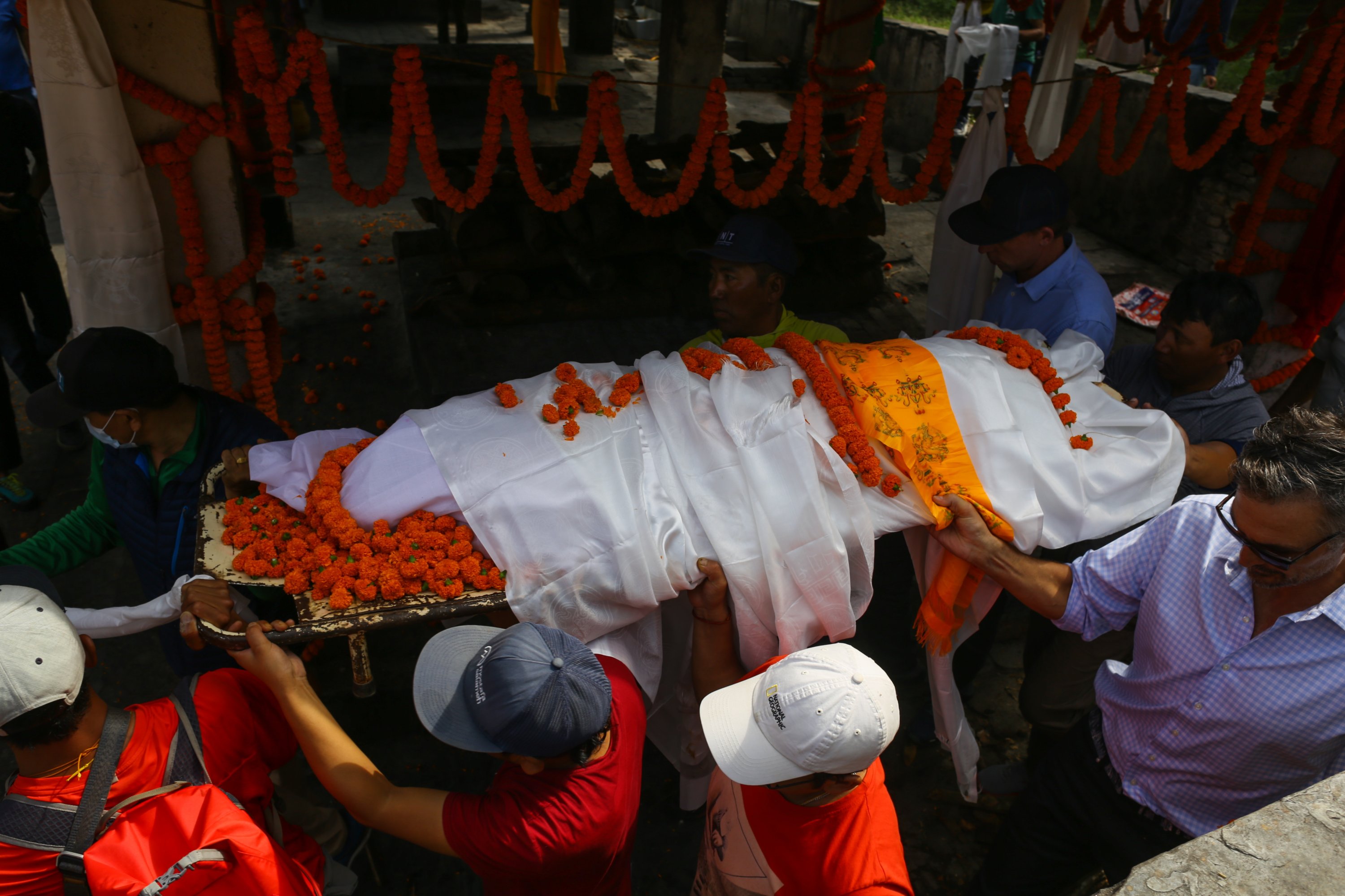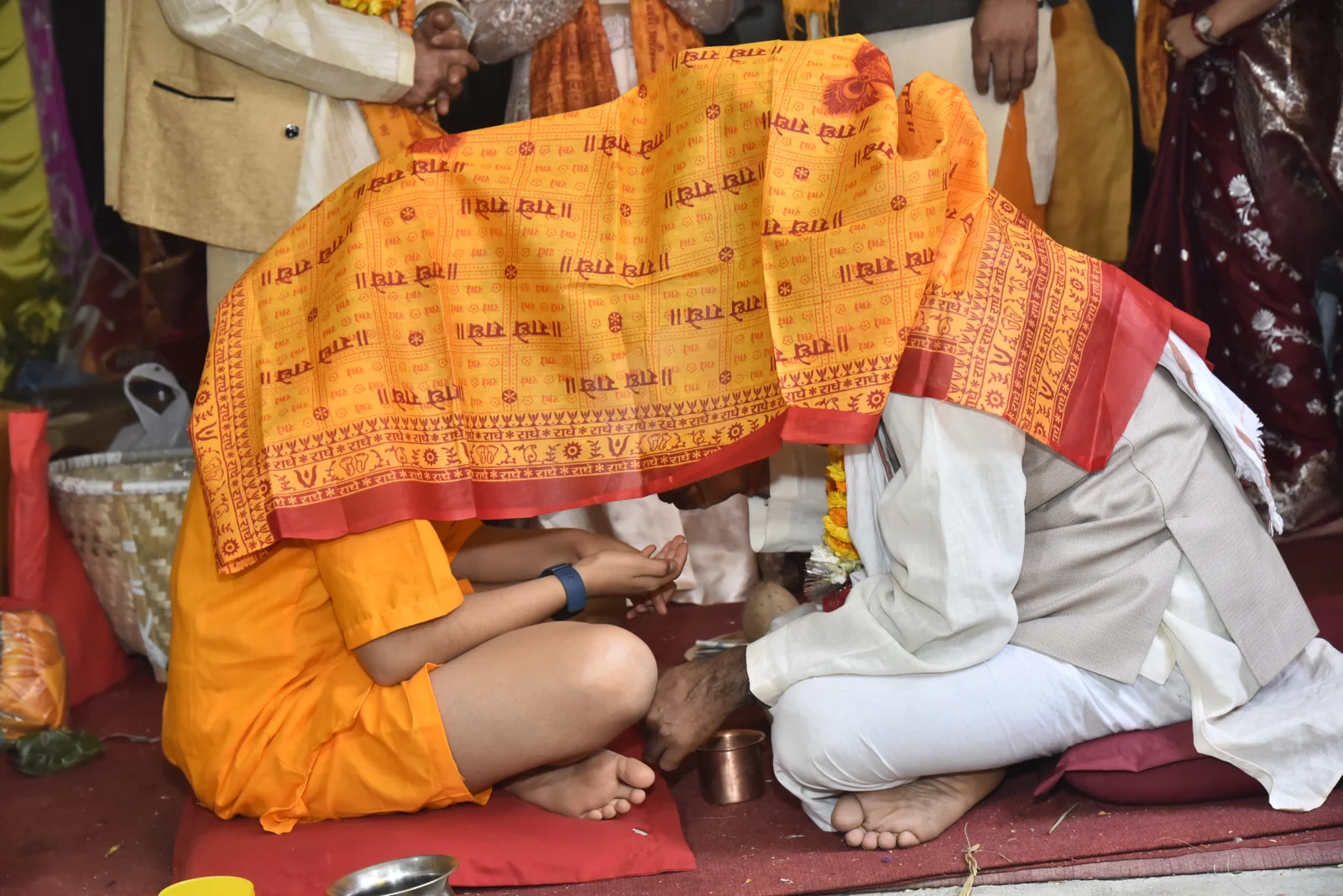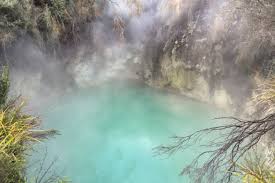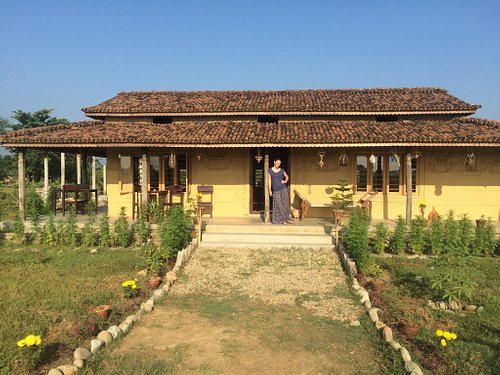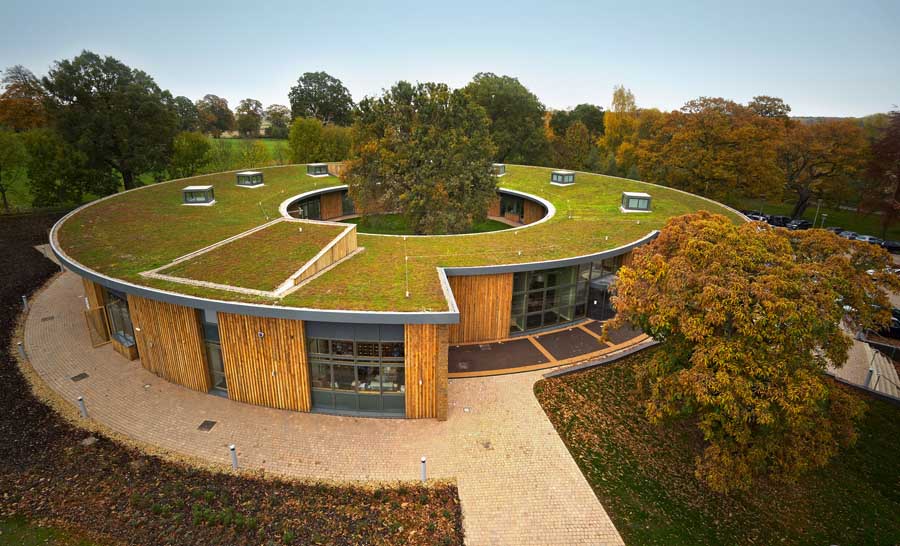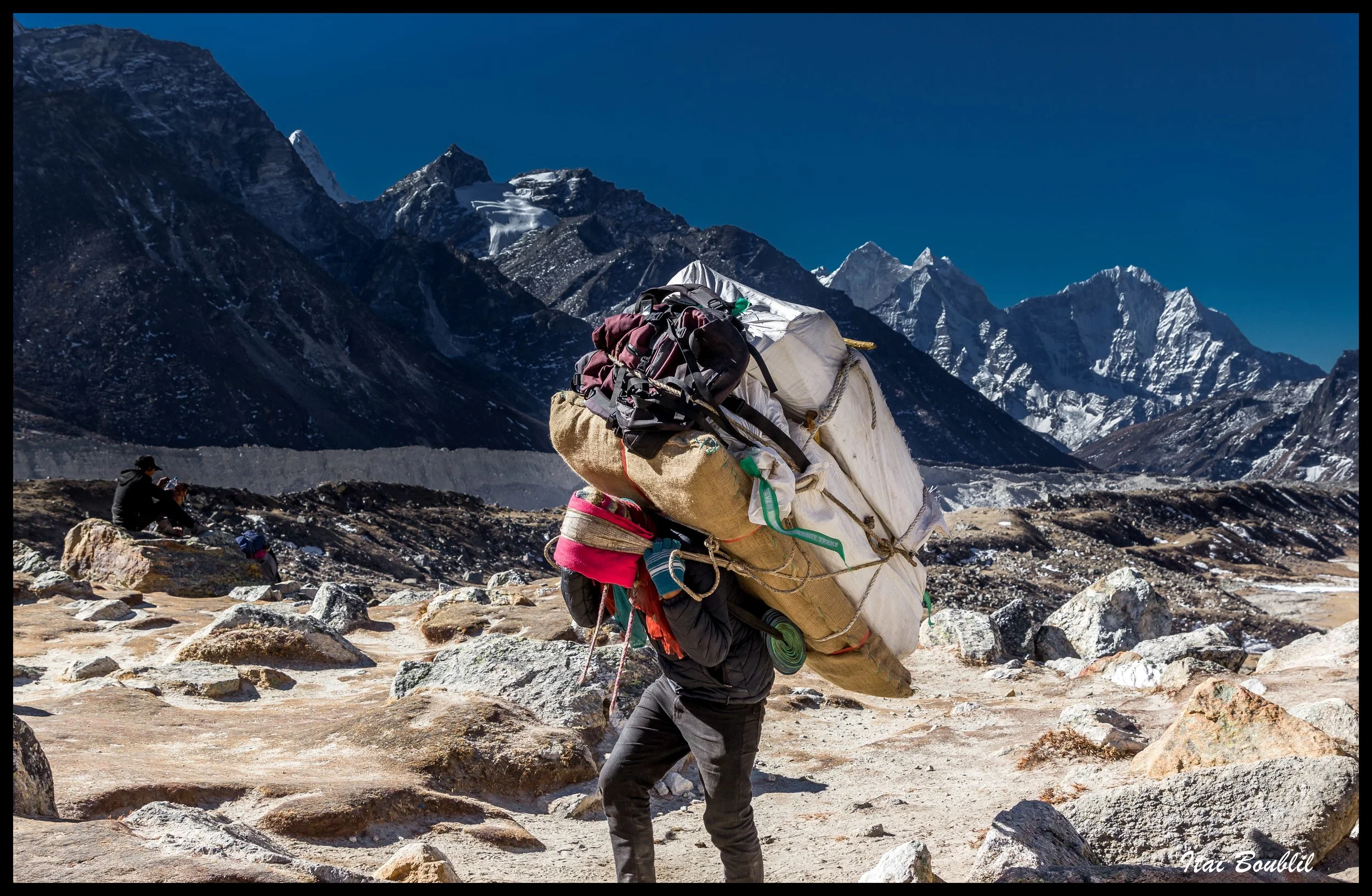Share this Article
Between Worlds: The Vanishing Trance Rituals of Dhami-Jhankri Shamans
In the dimly lit hearths of Nepal’s highlands, where stories still swirl with the smoke from firewood and prayer flags flutter in the mountain wind, there exists an ancient practice of crossing realms. The Dhami-Jhankri—Nepal’s indigenous shamans—have long served as spiritual bridges between the seen and the unseen, the living and the dead, the tangible and the mystical. Their trance rituals, once common throughout rural Nepal, are vanishing into memory. In today’s Nepal of smartphones and concrete cities, the old rhythms of the drum that summoned gods, spirits, and ancestral powers are fading—lost in silence.
Shamans of the Himalayas: Who Are the Dhami and Jhankri?
To understand the vanishing of these trance rituals, one must begin with the shamans themselves. The terms Dhami and Jhankri are often used interchangeably but bear subtle regional and functional distinctions. "Jhankri" is most commonly used in the hill regions and implies a shaman who enters altered states through drumming, chanting, and dancing. "Dhami" often implies a medium who becomes possessed or speaks on behalf of a spirit or deity, often in a more controlled ritual setting. Both roles blur the lines between healer, priest, oracle, and exorcist.
These figures are not trained in schools or temples. Their journeys begin with visions, dreams, or illness—what anthropologists term "shamanic illness"—a period of intense physical and psychological distress that is interpreted as a calling from the spirit world. Often a mentor shaman then guides the initiate through apprenticeship, teaching them ritual chants, cosmology, herbs, and the complex dance between the physical and spiritual worlds.
Entering the Trance: The Ritual Mechanics
A trance ritual typically begins with the beat of the dhyangro, a double-sided frame drum believed to summon and communicate with spirits. As the drumbeat intensifies, the Jhankri begins to chant mantras in esoteric languages—part Sanskrit, part local dialects, part spiritual tongue unintelligible to outsiders. As the rhythm deepens, the shaman’s body begins to shake. Their eyes may roll back, their voice might change. At a certain point, it is believed that a deity or spirit enters their body.
In some communities, the Jhankri dances around a ritual fire, often entering trance in front of the entire village. In others, the Dhami remains seated in a trance state, issuing oracles or instructions given by the deity possessing them. These sessions may address a range of issues—illness, bad harvests, ancestral disturbances, unseen forces, or spirit possession. Through trance, the shaman negotiates with these forces, offering sacrifices, chanting remedial mantras, or conducting rituals to restore balance.
Cosmology and the Spirit World
The Dhami-Jhankri worldview does not distinguish sharply between natural and supernatural. Mountains, rivers, forests, and rocks are all animated with spirit life. Illness, mental disturbance, or misfortune is often attributed to imbalances or disturbances in this spiritual ecosystem. The role of the shaman, then, is that of a mediator—someone who communicates with these forces and restores cosmic harmony.
Their trance is not mere performance. It is a religious and communal event, where boundaries between the self and other dissolve. The Jhankri is not merely pretending to be possessed—they are believed to truly embody the spirit of a god, an ancestor, or a natural force. For the communities that rely on these rituals, this transformation is not metaphor—it is fact.
Regional Variations Across Nepal
Trance rituals vary across Nepal’s ethnic tapestry. Among the Rai and Limbu communities of eastern Nepal, the Mundhum tradition provides a vast oral cosmology that underpins their shamanic practices. Their shamans, known as Nakchhong or Mangpa, invoke spirits of ancestors and nature in elaborate rituals that involve chanting of mythic narratives. Among the Tamang and Sherpa, the Bompo shamans blend Buddhist and animist elements, and often use trance to ward off spirits known as “gdon.”
In western Nepal, Dhamis act as mediums for powerful deities known as Kul Devta or village guardians. In possession rituals, Dhamis may take on the voice and personality of a particular deity, delivering prophecies or healing commands. In the hills of Rolpa and Rukum, trance ceremonies often coincide with seasonal cycles, involving community feasts and animal sacrifices.
From Healing to Performance: Trance as Cultural Theatre
In the past, trance rituals were intimate, practical, and woven into everyday life. If a child had a fever, a Jhankri might be called instead of a doctor. If crops failed, the community might sponsor a trance ritual to appease the local deity. But as biomedical care and modern infrastructure spread, the functional role of shamans has diminished. In many villages today, trance rituals are retained more as ceremonial performances—staged during festivals or tourism events rather than as integral aspects of daily life.
This shift transforms the shaman’s role from healer to performer. The trance, once terrifying in its rawness, becomes stylized. Chants are shortened. Drums are played for effect. The gods may still arrive, but their voices are now scripted.
Colonial and Religious Pressures
The decline of trance rituals has deeper roots, too. During the 19th and 20th centuries, Christian missionaries and state modernization efforts often labeled shamanic practices as "superstition." Schools discouraged indigenous rituals. Christian and Hindu reformers both attacked Dhami-Jhankri traditions as backward. In regions like the eastern hills, conversion to Christianity has further accelerated the decline of trance practices, especially among younger generations who are taught to see them as incompatible with their new faith.
Even in largely Hindu communities, state-endorsed temple priesthoods have often marginalized local trance healers. The introduction of formalized religion eroded the status of indigenous shamans who once served as spiritual leaders in their villages.
Modernity and the Fragmenting of Ritual Life
Perhaps the most potent force eroding trance rituals is not religion or science—but fragmentation. Modernity breaks the collective rhythms of rural life. Migration scatters families across cities and countries. Youth are educated in systems that ignore or ridicule ancestral knowledge. The communal spaces once used for trance rituals—village squares, shared forests, ritual houses—are now privatized or urbanized.
With each generation, fewer young people learn the old chants or drum rhythms. Those who do are often pressured to abandon them for more “respectable” careers. Some shamans quietly continue their work, but many have stopped performing in public altogether. In urban areas, trance rituals are either hidden or turned into folklore.
Voices from the Mountains: What the Elders Say
In the hills of Bhojpur, an elderly Jhankri named Purna Maya Rai speaks of dreams that once guided her. “When I was fourteen, the river called me,” she says. “I became sick. No healer could cure me. Then my grandfather appeared in a dream and gave me a mantra. When I woke up, I knew I had to drum.” She has performed hundreds of healing ceremonies since—but now, none of her children want to learn. “They say it is nonsense. They want to go abroad.”
In Kaski, an old Dhami recalls the days when villagers gathered in the courtyard to watch him enter trance and channel the goddess Bhagwati. “She used to speak through me,” he says. “Now they go to hospitals or YouTube.”
These voices echo across Nepal: a chorus of loss, of knowledge not being passed on, of power fading.
Digital Preservation and Ethical Dilemmas
In recent years, filmmakers, anthropologists, and spiritual seekers have attempted to document trance rituals before they disappear completely. YouTube is now filled with footage of Dhami-Jhankri ceremonies. Academic theses have been written. Festivals in Kathmandu showcase stylized versions of trance dances. Yet this preservation raises questions—does recording a trance ritual strip it of its sacredness? Can a trance, meant to be lived and embodied, survive as video?
Some elders resist documentation altogether, arguing that the spirits do not like cameras. Others welcome the interest, hoping it will revive respect for the practice. But digitization cannot substitute for participation. Ritual is not just information—it is experience.
Reimagining Continuity: What Can Be Saved?
The vanishing of trance rituals is not inevitable. In some communities, revival is underway. In Sankhuwasabha, youth groups have begun organizing apprenticeship programs for local shamans. In Lamjung, a women’s collective funds healing ceremonies and educates villagers about their ritual significance. In Dolakha, Buddhist shamans blend trance with mindfulness, offering spiritual counseling adapted for modern life.
These reimaginings do not aim to freeze the tradition but to evolve it. They ask: can the gods still speak in a changing world? Can the Jhankri still dance, even if the rhythms are different?
The answer lies not in nostalgia but in recognition. If trance rituals are to survive, they must be acknowledged not as primitive relics but as profound cultural technologies—ways of processing grief, maintaining social cohesion, and affirming human connection to land and spirit.
Conclusion: Listening Between the Worlds
Between the waking world and the unseen lies a space few dare to enter. The Dhami-Jhankri have long walked this threshold, risking madness, bearing suffering, and channeling the voices of gods and ghosts for the sake of their people. As they fade, so too does a way of being that honored dream, intuition, and mystery.
Nepal is changing, but its mountains still echo with drumbeats. Somewhere, in a remote village, a child may still dream of water spirits and wake with a chant on their lips. It is not too late. But saving this tradition requires more than documentation—it demands listening, believing, and returning to the spaces between worlds.
Let us not allow those doors to close.
Categories:
Travel & Tourism
,
Culture & Traditions
,
Adventure Activities
,
Nature & Wildlife
,
History & Heritage
,
Lifestyle & Local Life
,
Health & Wellness
Tags:
asdasd
,
Thamel
,
nagi gumba
,
sundarijal
,
dashain
,
festival of nepal
,
bada dashain
,
traditional food
,
traditional-drink


